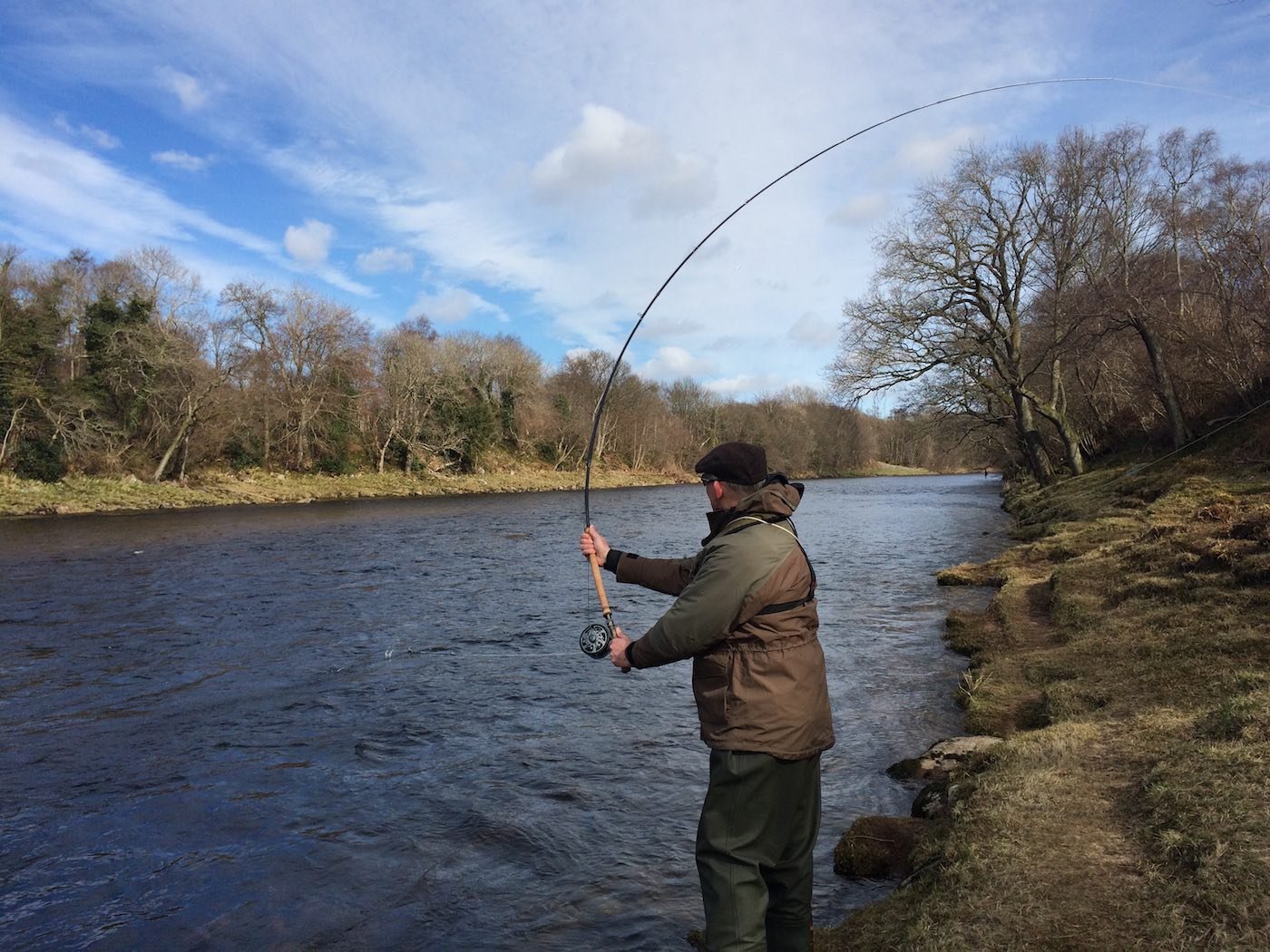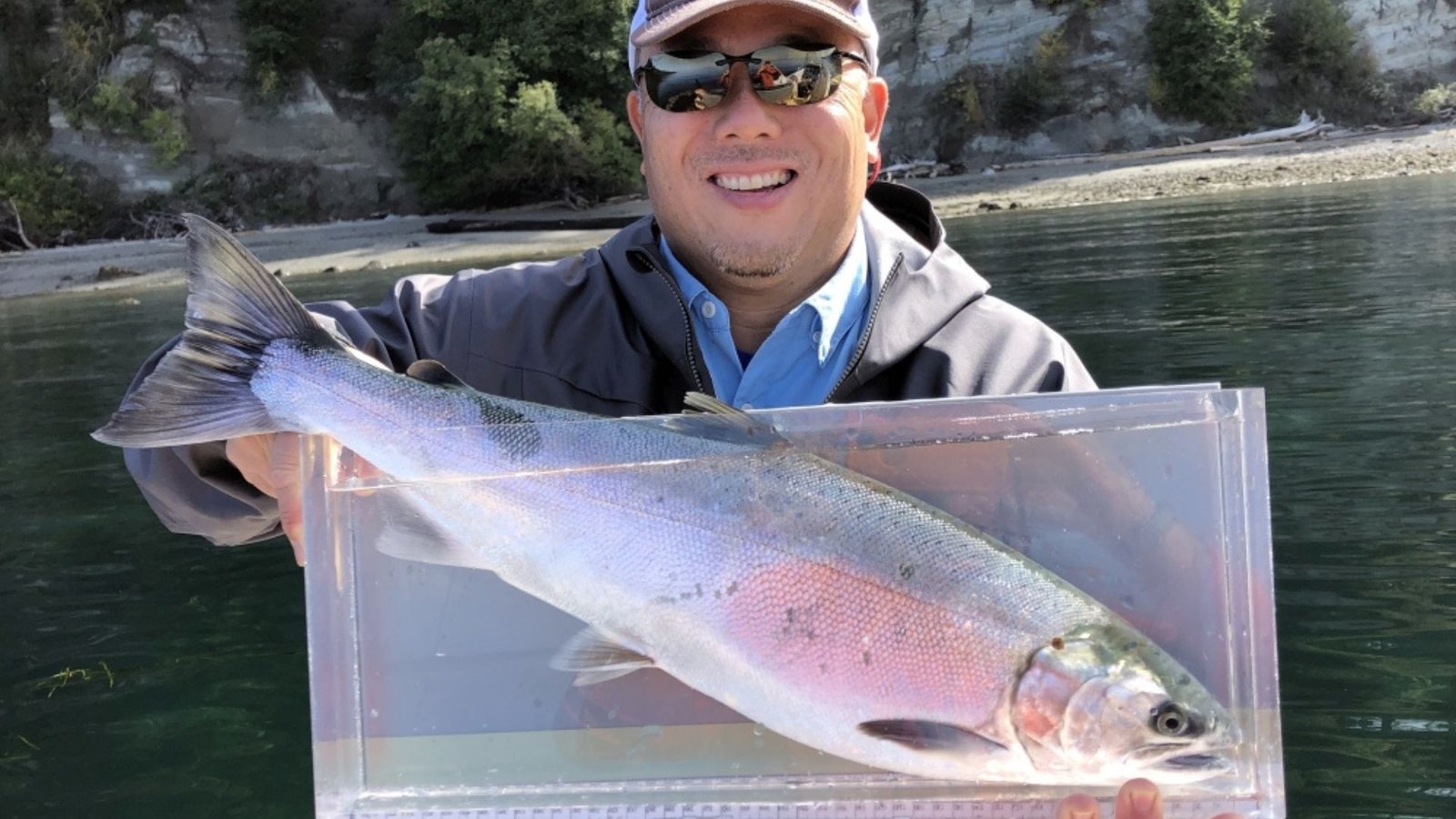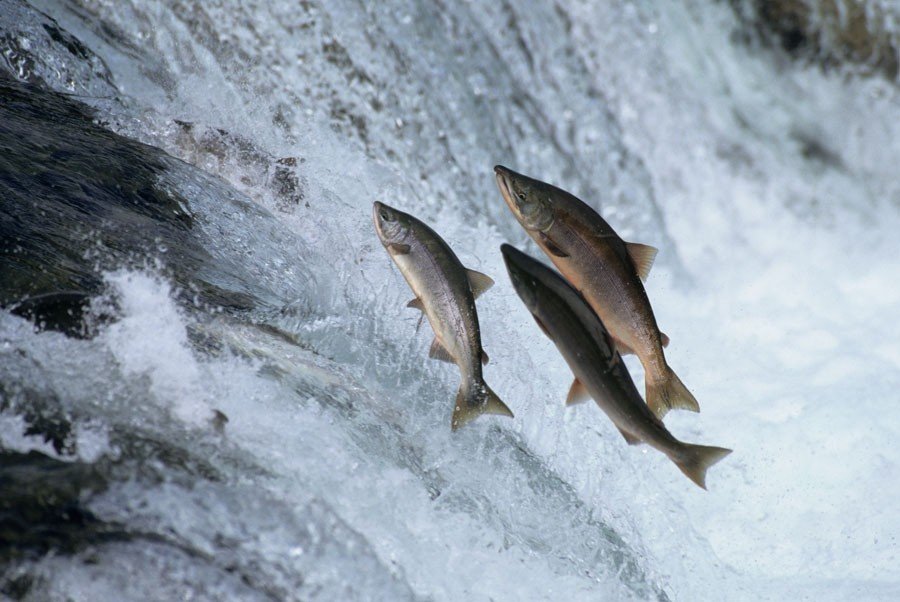Casting for salmon is an exhilarating and rewarding pursuit that requires a blend of technique, patience, and knowledge. Whether you’re a novice or an experienced angler, understanding the nuances of casting for salmon can enhance your fishing experience and improve your chances of success. In this article, we’ll explore the key aspects of how to cast for salmon, offering tips and insights to help you make the most of your time on the water.

How to Cast for Salmon
Choosing the Right Gear
First and foremost, selecting the appropriate gear is crucial when you cast for salmon. Unlike fishing for smaller species, salmon require robust equipment that can handle their size and strength. A sturdy fly rod, typically in the 8 to 10 weight range, is ideal. Paired with a quality reel that has a smooth drag system, this setup will provide the control and power needed to handle these powerful fish.
Additionally, your choice of line is important. A weight-forward floating line is a popular option for salmon fishing, offering excellent casting distance and control. Don’t forget to have a selection of sinking lines or sink tips as well, since salmon often hold in deeper waters. With the right gear in hand, you’re ready to move on to the next step: learning the casting techniques.
Perfecting Your Casting Techniques
When you cast for salmon, the technique you use can make all the difference. One of the most effective methods is the Spey cast, a two-handed casting technique that allows for long-distance casts and precise line control. This technique is especially useful in large rivers where salmon are commonly found.
To perform a Spey cast, start by positioning yourself at a slight angle to the river. Hold the rod with both hands, keeping your grip relaxed but firm. Begin with a slow, smooth motion, lifting the line off the water and sweeping it around behind you. As the line straightens out behind you, make a powerful forward stroke, allowing the rod to propel the line forward. Timing and rhythm are key, so practice this cast to develop a fluid motion.
For those who prefer single-handed casting, the overhead cast is another effective technique. This method involves a similar motion but requires more precision and timing to achieve the desired distance and accuracy. Whichever technique you choose, remember that practice makes perfect. Spend time honing your skills to ensure your cast for salmon is both effective and enjoyable.
Understanding Salmon Behavior
Another essential aspect of casting for salmon is understanding their behaviour. Salmon are migratory fish, moving from the ocean to freshwater rivers to spawn. During this journey, their feeding habits and behaviour can change, impacting how they respond to your cast.
Salmon are more likely to strike out of aggression or curiosity rather than hunger, so using the right fly is crucial. Flies that mimic the natural prey of salmon, such as baitfish or insects, are often the most effective. Additionally, using brightly coloured flies can attract their attention in murky waters or low-light conditions.
Pay attention to the water temperature, flow, and weather conditions, as these factors can influence where salmon hold and how they behave. By understanding these elements, you can adjust your casting strategy to target the most promising areas.
Finding the Best Locations
When you cast for salmon, choosing the right location is half the battle. Salmon are often found in specific areas of a river, such as pools, runs, and riffles. Pools are deep, slow-moving sections where salmon rest during their migration. Runs are faster, more turbulent sections where salmon actively move upstream. Riffles are shallow, fast-moving areas that can also hold salmon, especially during low-light periods.
Scout the river to identify these key areas and position yourself accordingly. Casting into pools and runs can increase your chances of encountering salmon. Remember to approach quietly and avoid disturbing the water, as salmon can be easily spooked.
Adjusting Your Presentation
Finally, when you cast for salmon, the presentation of your fly is crucial. Salmon can be selective, so varying your retrieve speed and fly depth can trigger a strike. Start with a slow, steady retrieve and gradually increase the speed if you don’t get a response. Experiment with different depths by using sinking lines or weighted flies to find where the salmon are holding.
Watching your line and staying alert for any movement or tension is essential. Often, a salmon will strike subtly, and a quick reaction can make the difference between a missed opportunity and a successful catch.
Conclusion
In conclusion, casting for salmon is a thrilling and challenging endeavour that rewards patience and skill. By choosing the right gear, mastering casting techniques, understanding salmon behaviour, finding the best locations, and adjusting your presentation, you can significantly improve your chances of success. So, next time you head to the river, keep these tips in mind and enjoy the excitement of casting for salmon. Happy fishing!




